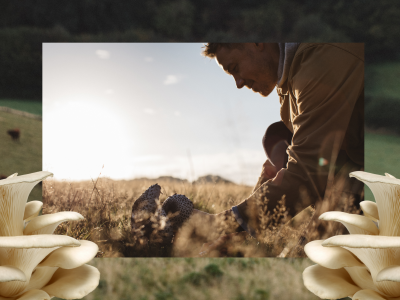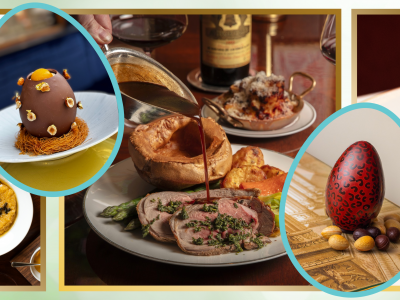With their delicate enamelling and bejewelled surfaces, they are instantly recognisable. Created for the wives and mothers of Tsar Nicholas II and Tsar Alexander III for Easter gifts, 50 Fabergé eggs were originally made. The maker of these fine pieces was Peter Carl Fabergé, who took over the family jewellery business in 1882. After a dormant period, with the name of the maison sold, the jewellery brand was reborn in 2007 and since then has been creating objet d’arts and jewellery using the fine skill of enamelling. All of the eggs in its Heritage Collection undergo this process, after being designed by in-house designer Liisa Tallgren.
The Heritage Collection draws inspiration from Fabergé’s original jewelled pieces. There are further options — clients can customise an egg, for example, by recreating it in a new colour, or they can go fully bespoke. Last year, the company received 450 enquiries — around one in five normally results in a project.








